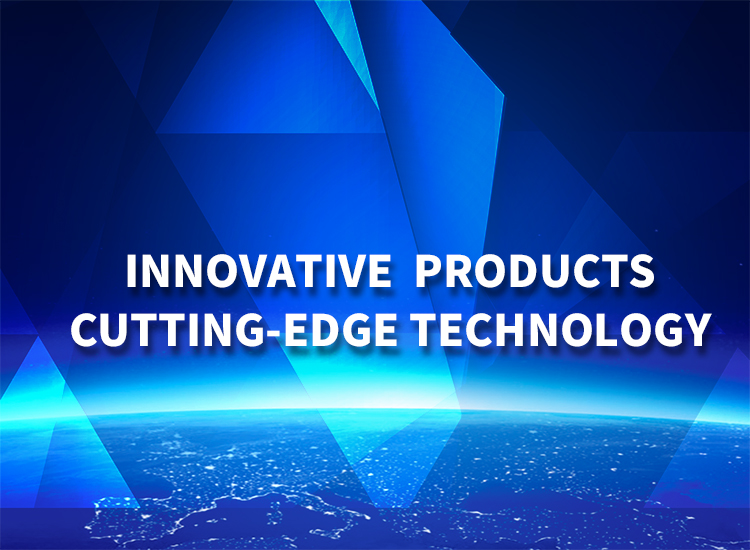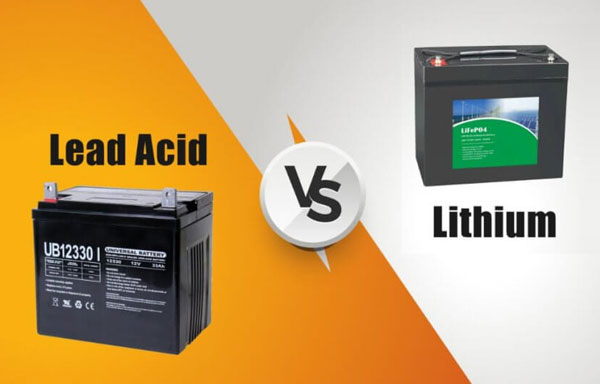欢迎您访问湖北联鸿能源科技有限公司网站,我司主营汽车蓄电池配件、工业蓄电池维护保养产品
全国咨询热线:0710-3313598


 Technology
TechnologyAt present, the batteries on the market are divided into two camps: lead-acid battery and lithium battery. Lead-acid battery and battery are two kinds of batteries widely used at present. Both have their own advantages, today's analysis of the advantages and disadvantages of lead-acid batteries and lithium batteries.
1、Different memory effects
Lithium battery has no memory effect; Batteries can be charged and discharged at any time, low battery self-discharge. Lead-acid battery has memory effect, can not be charged at any time discharge; Serious self-discharge phenomenon, battery shelved for a period of time easy to scrap; Discharge rate is small, can not be long time large current discharge.
2、working temperature is different
Common lithium battery operating temperature is -20-60 degrees Celsius, but generally below 0 degrees Celsius lithium battery performance will decline, discharge capacity will be reduced accordingly, so lithium battery performance complete operating temperature, common is 0~40 degrees Celsius. The working temperature of lead-acid battery is generally required between 20℃ and 25℃, below 15℃, its discharge capacity decreases, the temperature decreases by 1℃, its capacity decreases by 1%, and the temperature is too high (greater than 30℃) its life will be greatly shortened.

3、It works differently
Lithium-ion batteries are lightweight and easy to carry. Lithium ion battery is a kind of battery made of lithium metal or lithium alloy as anode material and using non-aqueous electrolyte solution. Lead-acid batteries can store limited electrical energy and use it in the right places. It works by converting chemical energy into electricity. It uses a lead plate filled with spongy lead as a negative electrode, a lead plate filled with lead dioxide as a positive electrode, and a dilute sulfuric acid of 22 to 28% as an electrolyte. During charging, electrical energy is converted into chemical energy, which in turn is converted into electrical energy when discharging.
4、Different use conditions
The advantages of lead battery are cheap, good safety, no danger of combustion, discharge current is large, usually 5C are easy to deal with, low temperature resistance, minus 30 degrees can also release nearly half of the power. Compared with lead batteries, lithium batteries are light in weight and large in capacity, with a single voltage of 3.7-4.2V, which is very suitable for electrical appliances with high weight and volume requirements, such as portable electrical appliances, mobile phones, laptops, flashlights and so on.
5、Security is different
A disadvantage of lithium battery is the high prices, is precious metal anode materials are used, the second is a compound of electrode materials used lithium, lithium is lively and metal, with oxygen and charge and discharge is undeserved, will release a large amount of heat, oxidation reaction, violently for lithium battery usually adopt rigid container seal, rapid temperature rise will inevitably cause pressure rise, which is in danger of explosion, To control this insecurity, lithium batteries and assemblies must have a circuit board, also known as a guard board, that controls the charging and discharging currents and voltages. It is for this reason that lithium batteries are not free to carry out large current discharge, and low temperature conditions under the electrical activity becomes worse.
In a word, lead-acid battery and lithium battery have their own advantages and disadvantages. Although lithium battery has many advantages, its technology is still not perfect and early products are often not mature. The lead-acid battery technology, which has matured over time, is cheaper and, for now, better than it used to be, and has always been popular with users.